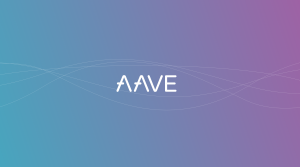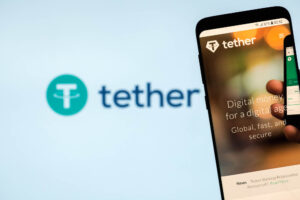The term "mainnet" is short for main network. It refers to the stage at which a blockchain protocol is fully developed and operational. Cryptocurrency transactions are publicly broadcasted, verified and recorded on a distributed ledger technology (blockchain). Users can participate in the exchange, verification and recording of transactions using the native tokens or assets of that particular blockchain.
The main network involves actual tokens or coins, which often have tangible value in the cryptocurrency market. This is where participants can use the blockchain for its intended purpose, such as transferring assets, executing smart contracts and participating in decentralised applications (DApps).
Difference between mainnet and testnet
In contrast, "testnet", short for test networks, describes a blockchain network that is not yet operating at full capacity. Programmers and developers use a testnet to test and debug a blockchain and its features before confirming its security and readiness for official launch on the mainnet.
Testnets are parallel blockchains that closely resemble the mainnet, but without tokens of tangible value. This distinguishes them from the actual trading environment happening on mainnet. Instead, they serve as a proving ground for crypto developers to refine and test their code in a sandbox-like environment. Doing development on the mainnet risks costly disruptions and transaction fees, and contributes to network congestion. Testnets play a critical role in preventing such challenges and ensuring a smoother development process.









